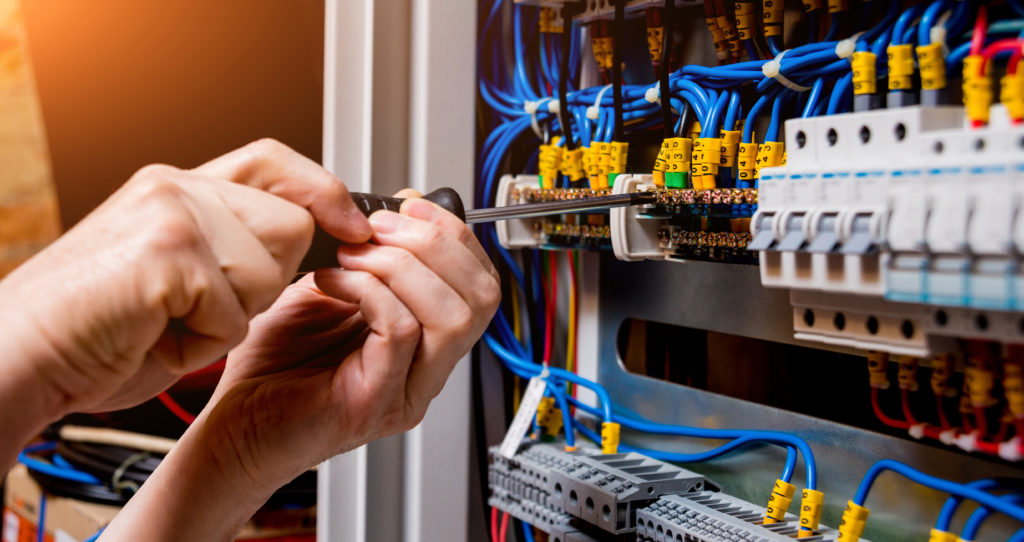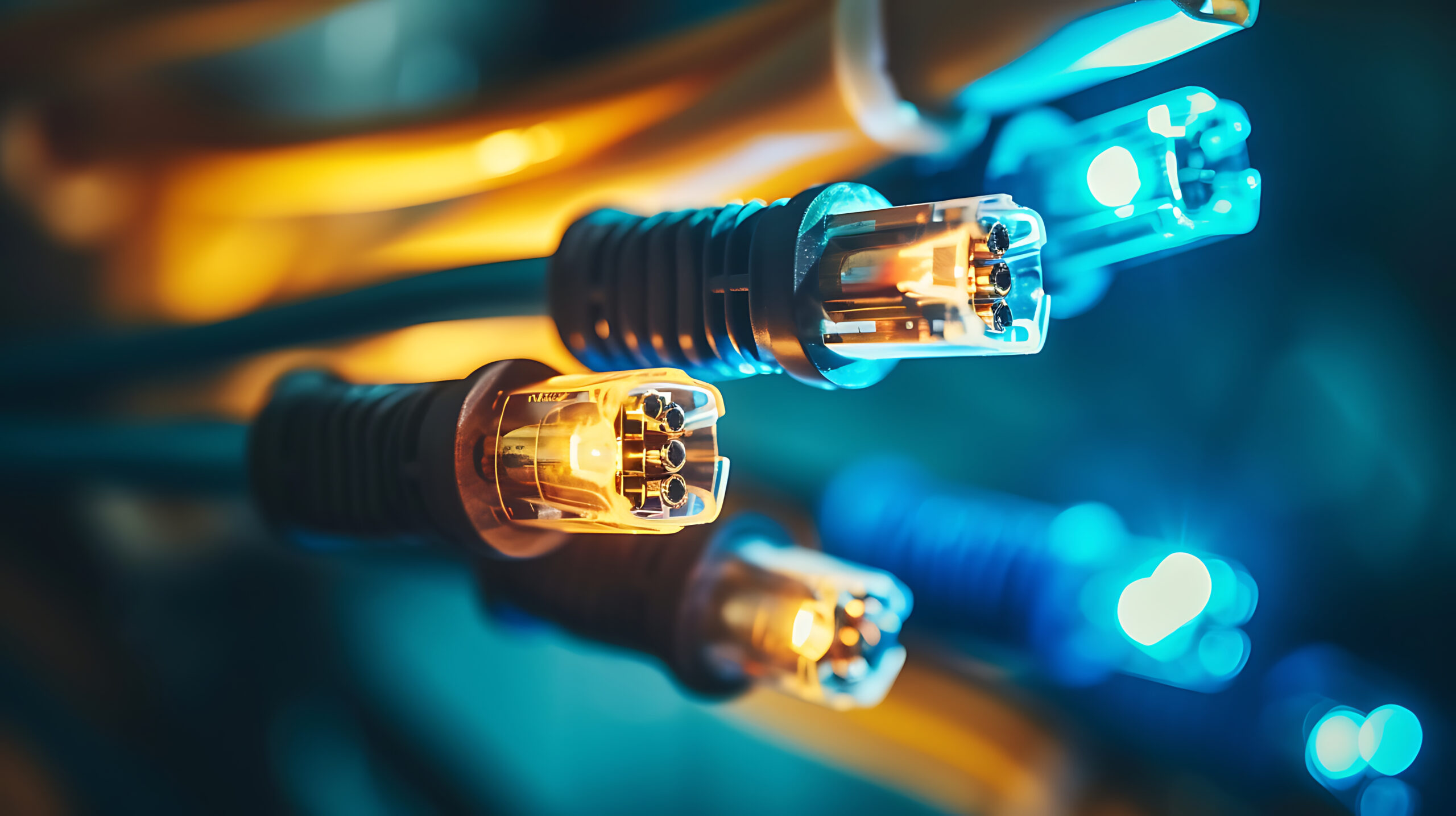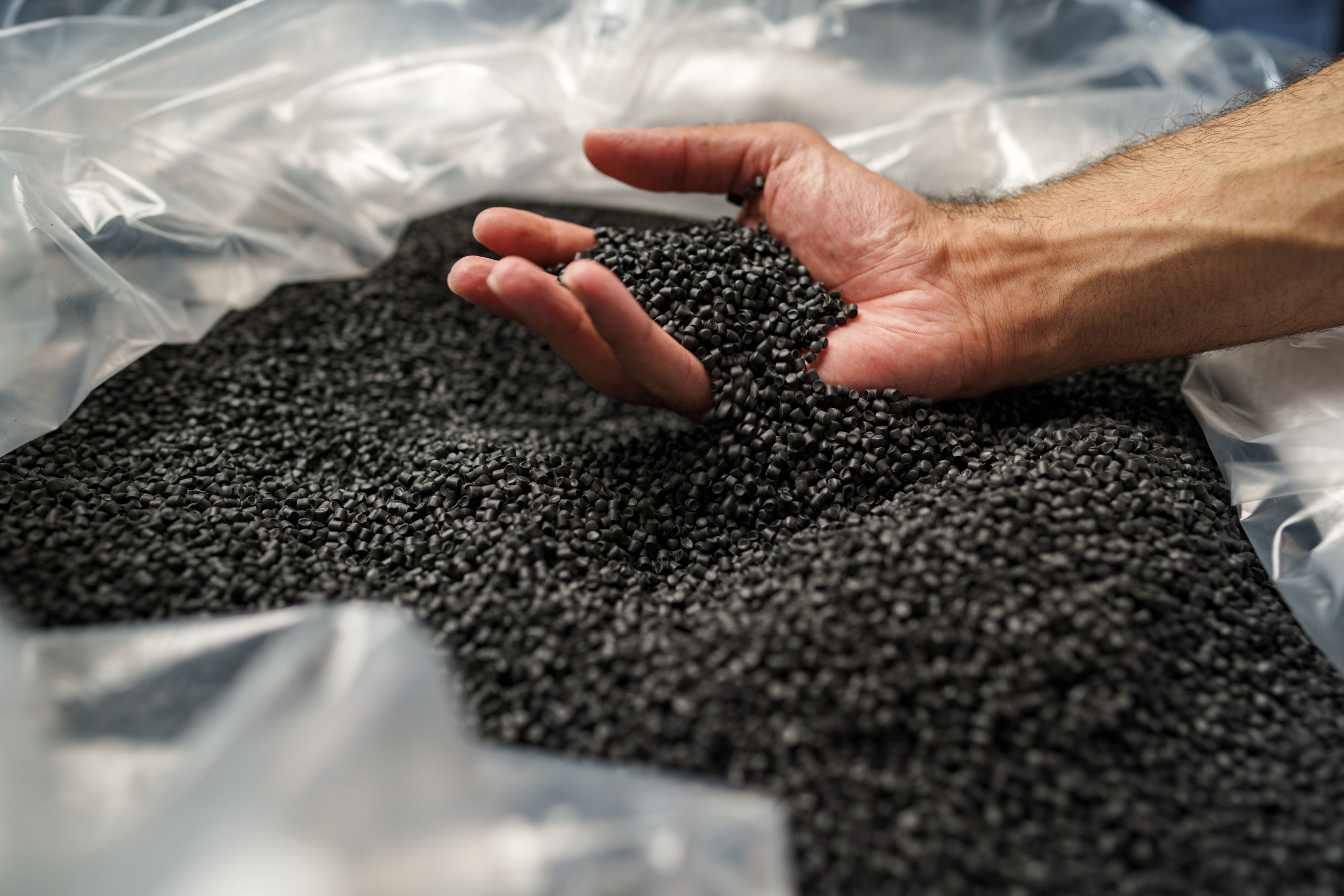Electronic devices, whether for domestic or professional use, require materials that ensure not only functionality, but also safety. Plastics play a key role in these devices, guaranteeing essential properties such as electrical insulation, shock protection, heat resistance, and protection against moisture and UV rays. This article explores the importance of plastics in electronic devices, focusing on the technical characteristics and material properties required to meet the demands of critical environments, as well as for everyday devices.
Plastics: essential electrical insulators in electronic devices
Plastics are widely used in electronic devices for their excellent insulating properties. They help prevent short circuits, while offering protection against electric shocks. Materials such as polyethylene (PE), polyvinyl chloride (PVC) and polyamide (PA) are used in internal components such as cables, connectors and power supplies. These insulating plastics are essential in devices such as computers, telephones and telecommunications equipment, where user safety is paramount.
Shock resistance and durability: a must for everyday appliances
Electronic devices intended for portable or domestic use are often exposed to handling conditions that involve the risk of impacts or falls. This is why the mechanical strength of the plastics used in these applications is crucial. Materials such as ABS (Acrylonitrile Butadiene Styrene), polycarbonate (PC) or polypropylene (PP) are often used for their impact-resistance properties. These plastics help to ensure the solidity of housings for appliances such as televisions, refrigerators and smartphones, offering protection against physical damage while maintaining their light weight.
Water and temperature protection: extreme conditions for electronics
In some electronic devices, particularly in industrial or outdoor environments, plastics must offer resistance to water and extreme temperatures. The plastics used must withstand very low or high temperatures without degrading, which is essential for equipment such as power supply housings, heaters or household appliances. Plastics such as certain glass-fiber-reinforced polyesters (PCT), PEEK (polyetheretherketone), or PVDF (polyvinylidene fluoride) are often used in these contexts for their thermal resistance and low moisture absorption.
UV protection: maintaining long-term performance
Plastics used in electronic devices must also be resistant to the effects of UV rays. Prolonged exposure to sunlight or other sources of radiation can cause materials to degrade, altering their mechanical and aesthetic properties. Polymers combined with UV stabilizers are commonly used in the manufacture of household appliances, solar panels and displays, to maintain their functionality and appearance throughout their life cycle.
The role of appearance parts in electronic devices
Beyond their functionality, plastics in electronic devices are also chosen for their lightness and aesthetic qualities. Visible parts, such as the casings of smartphones, refrigerators or televisions, must offer a neat, pleasing appearance while remaining robust. Techniques such as metallization and galvanization provide metallic finishes, giving parts a high-end appearance. These techniques not only enhance the appearance of products, but also increase their resistance to scratches and the vagaries of time, thus improving their durability.
Plastics are key elements in the design of electronic devices, offering a unique combination of properties needed to guarantee their safety, durability and performance in critical environments – while ensuring that the final product is lightweight and strong. Whether for electrical insulation, impact protection, thermal resistance or waterproofing, polymers enable us to meet the technical challenges posed by these devices and the conditions in which they are used. At the same time, their role in the aesthetics of products, with metallization and galvanization techniques, contributes to both their looks and their longevity. As a result, plastics are indispensable in the design of modern electronic and household appliances, meeting stringent demands for performance, design, durability and weight savings.







Leave a Reply